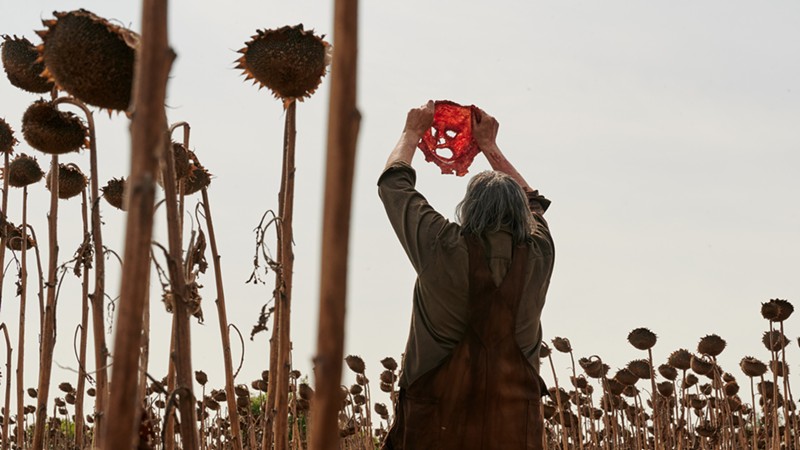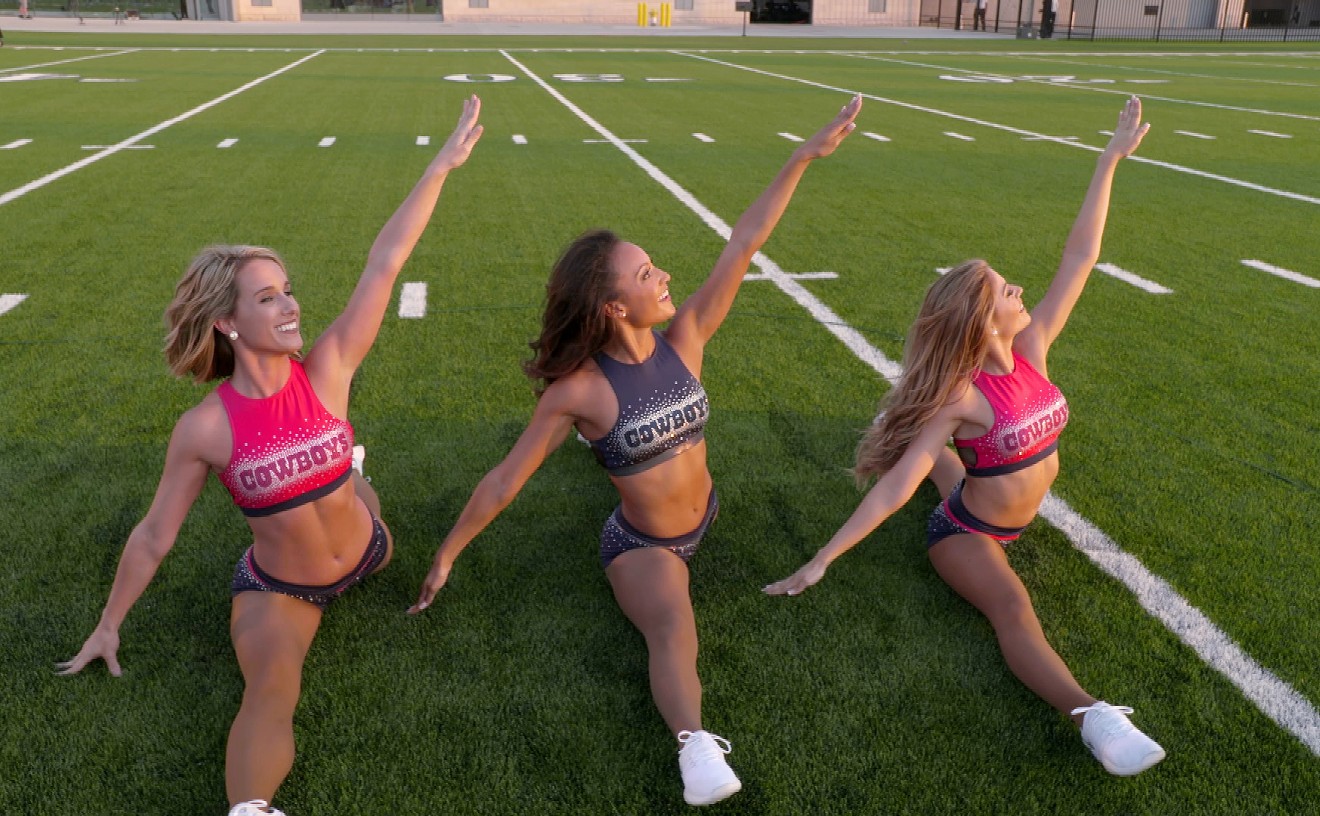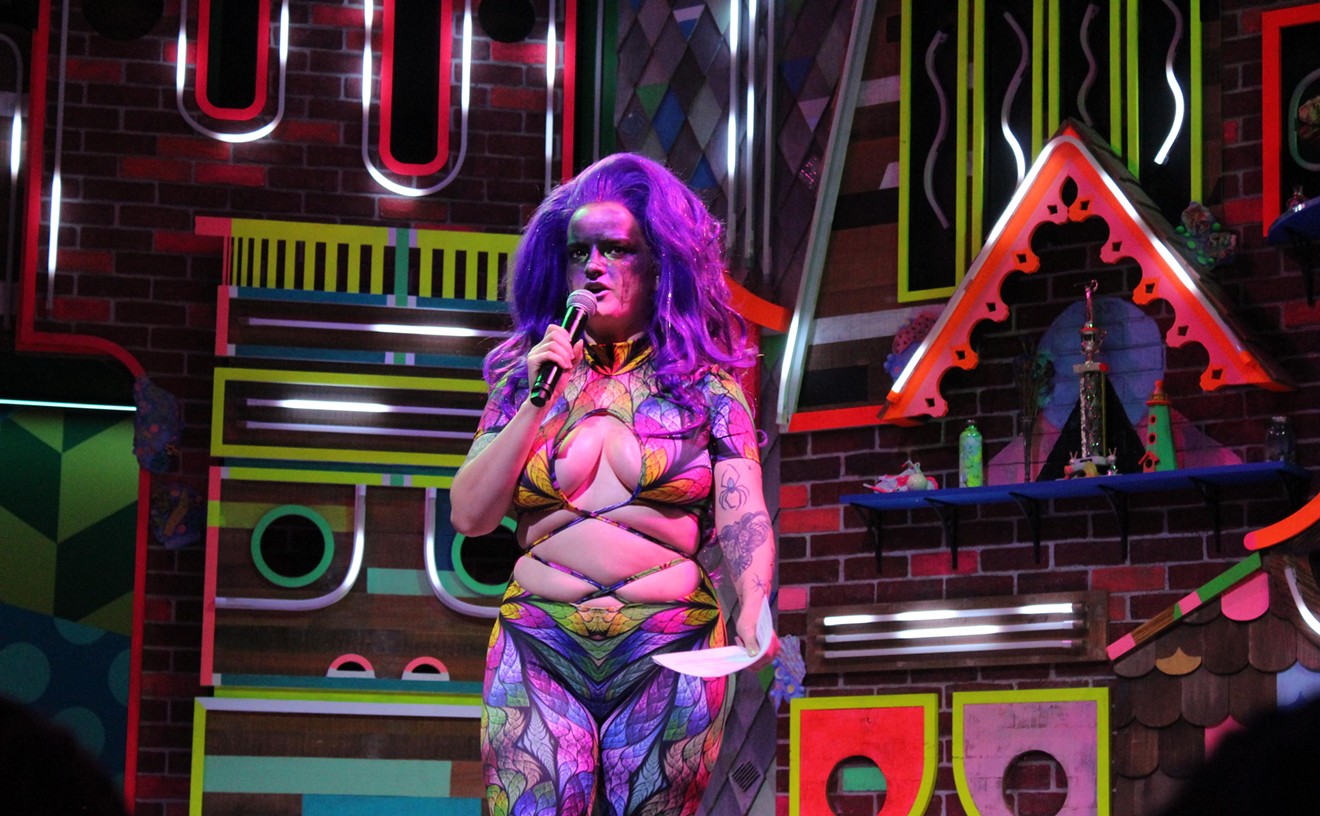Let us start by saying that no remake or reboot of a classic franchise can ever damage its legacy no matter how much the Proud Boys who railed against the all-female Ghostbusters reboot wished that it would. A weak remake or reboot like director Paul Feig's take on Ghostbusters can only make the original seem better. Every franchise has a chance for a whole new generation to discover its charms through subsequent attempts, but one that's failed time and time again is the recycling of the classic horror slasher The Texas Chain Saw Massacre.
The meaty slaughter horrorfest from 1974, created by legendary Texan director Tobe Hooper and art director Robert Burns, elevated the genre from cheeseball schlock to veritable dread and unapologetic violence. The Texas Chain Saw Massacre's true achievement is how it did so much with so little. Hooper's vivid and uncompromising imagination and Burns' meticulous attention to detail — which drove him to build sets by collecting real animal bones for Leatherface's kill house — created something so unique that it could not be re-created even by a multimillion-dollar movie machine.
Netflix's attempt to bring The Texas Chain Saw Massacre into the Snapchat age was already doomed from the start. No amount of money could reproduce the perfect marriage of talents and the proud spirit of independent filmmaking. The reason the first film works so well and became a cutthroat classic and pillar of Texas cinema is because of the ingenuity and resourcefulness of people like Hooper and Burns who had no budget, just an awesome idea and the drive to make it happen.
There are little touches in the new movie that provide some comforting hope that someone working on the new Netflix movie understands what The Texas Chain Saw Massacre movies are about — such as having actor John Larroquette provide the chilling opening narration of the events about to unfold. The inclusion of the 1974 film's only surviving character Sally Hardesty, played by Olwen Fouéré in place of Marilyn Burns who died in 2014, provides some continuity to the film as something more than a standalone remake — like the gut-churning (and not in a good way) version produced by Michael Bay in 2003. Even if Hardesty's presence is a lazy ripoff of the recent Halloween films bringing back a killer's long-suffering survivor, at least it makes it feel like someone on this new crew was paying attention.
It's also kind of irritating that remakes and reboots don't put a space between "Chain" and "Saw" in the title like the original. It's a small sign of the trouble to come. It's just like a first date; if you can't get their name right, then, oof, it ain't gonna go well.
It's no surprise that the new take on a film that invented a new genre of horror produced by Netflix and Legendary Pictures is getting widely panned. That spells doom in the Twitter age when everyone can be a movie critic and sink a movie's entire marketing campaign in a matter of hours.
It's also kind of ironic that the internet has turned on Netflix for producing such a sloppy sequel that completely misses the point of all of its predecessors. The new film tries to inject an influencer storyline as a group of young adults venture to a small, abandoned Texas town to start a food franchise built on Instagram chatter. It also tries to wedge issues like racism, xenophobia and ageism into its bloody mix, but the mixture never sticks because such topics deserve to be explored in films with something to say. In a Texas Chain Saw Massacre movie, it feels like a hokey dad trying to teach his kids the birds and the bees by rapping.
The original Chain Saw film is about, as Hooper himself put it, "meat." It's a stark reality of our mortality and fragility, one that doesn't need realistic makeup effects and gallons of blood to get that across, and that's the point. The kills in the '74 original aren't gory because they don't have to be. They barely happen on screen.
Hooper's original idea for a chainsaw slasher came during a shopping trip to a crowded Texas mall. He noticed some chainsaws on a shelf and realized just how much attention he could get from the crowd simply by pulling the cord and letting it rip. The sound of the chainsaw is so loud, frightening and destructive that you can't imagine what might happen if the spinning, gas powered saw somehow touched up against human flesh and bone.
The original film leaves the horror up to the viewer's imagination, which is always 100 times scarier and more horrific than what even special effects masters like Tom Savini or the late Stan Winston could produce. This version tries to shove its guts into your face with a spoon.
Worst of all, it leaves out the "Texas" part. This new movie thinks it understands Texas. This fictionalized Texas is just the same plastic mold of dusty roads, forced accents and one abandoned Main Street movie theater that modern filmmakers think is clever because it proves someone involved in production watched The Last Picture Show.
The Netflix remake of The Texas Chain Saw Massacre feels like it has to show you everything, and it's more than a little insulting. It takes more than a chainsaw to make a chainsaw massacre.
[
{
"name": "Air - MediumRectangle - Inline Content - Mobile Display Size",
"component": "18855504",
"insertPoint": "2",
"requiredCountToDisplay": "2",
"watchElement": ".fdn-content-body",
"astAdList": [
{
"adType": "rectangle",
"displayTargets": "mobile"
}
]
},{
"name": "Editor Picks",
"component": "17105533",
"insertPoint": "4",
"requiredCountToDisplay": "1",
"watchElement": ".fdn-content-body",
"astAdList": [
{
"adType": "rectangle",
"displayTargets": "desktop|tablet"
},{
"adType": "rectangle",
"displayTargets": "desktop|tablet|mobile"
}
]
},{
"name": "Inline Links",
"component": "18349797",
"insertPoint": "8th",
"startingPoint": 8,
"requiredCountToDisplay": "7",
"maxInsertions": 25
},{
"name": "Air - MediumRectangle - Combo - Inline Content",
"component": "17105532",
"insertPoint": "8th",
"startingPoint": 8,
"requiredCountToDisplay": "7",
"maxInsertions": 25,
"watchElement": ".fdn-content-body",
"astAdList": [
{
"adType": "rectangle",
"displayTargets": "desktop|tablet"
},{
"adType": "rectangle",
"displayTargets": "desktop|tablet|mobile"
}
]
},{
"name": "Inline Links",
"component": "18349797",
"insertPoint": "8th",
"startingPoint": 12,
"requiredCountToDisplay": "11",
"maxInsertions": 25
},{
"name": "Air - Leaderboard Tower - Combo - Inline Content",
"component": "17105535",
"insertPoint": "8th",
"startingPoint": 12,
"requiredCountToDisplay": "11",
"maxInsertions": 25,
"watchElement": ".fdn-content-body",
"astAdList": [
{
"adType": "leaderboardInlineContent",
"displayTargets": "desktop|tablet"
},{
"adType": "tower",
"displayTargets": "mobile"
}
]
}
]












